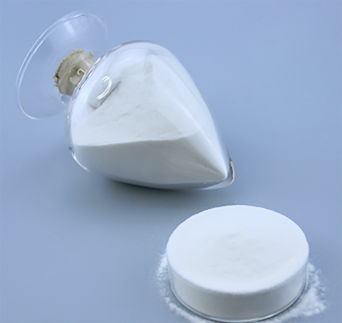
آگوست . 31, 2024 09:37 Back to list
rdp powder uses
Exploring the Uses of RDP Powder
RDP, or redispersible polymer powder, is a versatile material widely utilized in various industries, particularly in construction and adhesives. Its unique properties and performance enhancements have made it a vital component in improving the quality and durability of materials. This article delves into the diverse applications of RDP powder, highlighting its benefits and characteristics.
What is RDP Powder?
RDP powder is a dry polymer that, when mixed with water, forms a stable dispersion. It is derived from various vinyl types, including vinyl acetate and ethylene, and is primarily used to enhance the properties of cement-based formulations. The powder is typically used in conjunction with other materials such as cement, fillers, and additives, resulting in enhanced workability, adhesion, and flexibility.
Applications in Construction
One of the most significant applications of RDP powder is in the construction industry. In tile adhesives, RDP improves the adhesion between tiles and substrates, reducing the chances of tile delamination or cracking. By adding RDP powder to tile adhesive formulations, manufacturers can achieve superior performance, even in challenging environments such as wet areas.
Additionally, RDP is used in exterior and interior wall coatings, providing excellent weather resistance, flexibility, and durability. This property is especially important for protecting buildings from moisture and environmental effects, extending the lifespan of the structure. Enhanced elasticity also allows for better handling of building movements without cracking.
Impact on Mortars
rdp powder uses

RDP powder is extensively used in mortar formulations, including those for leveling compounds and repair mortars. The inclusion of RDP enhances the flow characteristics of the mix, making it easier to apply and level. This is particularly valuable in large-scale projects where consistent surface finishes are desirable. Moreover, RDP-modified mortars exhibit improved adhesion and tensile strength, which is crucial when working with various substrates, including concrete, brick, and stone.
Benefits in Adhesives
In the adhesive sector, RDP powder plays a crucial role in formulating high-performance adhesives. Products such as wood glues, construction adhesives, and pressure-sensitive adhesives benefit from the unique properties of RDP. The polymer's presence helps improve open time, allowing for better positioning during application. Furthermore, RDP enhances the final bond strength, contributing to the overall reliability of the adhesive.
Advantages in Dry-Mixed Products
Another significant benefit of RDP powder is its use in dry-mixed products. The powder allows for the efficient transport and storage of adhesives and mortars. When mixed with water, these powders can be easily transformed into work-ready formulations, offering convenience and efficiency to contractors and builders.
Conclusion
In summary, RDP powder serves as an essential ingredient in various industries, especially in construction and adhesives. Its ability to enhance adhesion, flexibility, and durability makes it invaluable for a wide range of applications, from tile adhesives to repair mortars and architectural coatings. As the demand for high-performance materials continues to rise, the significance of RDP powder is set to grow, promising innovations and improvements in construction practices for many years to come.
-
Versatile Hpmc Uses in Different Industries
NewsJun.19,2025
-
Redispersible Powder's Role in Enhancing Durability of Construction Products
NewsJun.19,2025
-
Hydroxyethyl Cellulose Applications Driving Green Industrial Processes
NewsJun.19,2025
-
Exploring Different Redispersible Polymer Powder
NewsJun.19,2025
-
Choosing the Right Mortar Bonding Agent
NewsJun.19,2025
-
Applications and Significance of China Hpmc in Modern Industries
NewsJun.19,2025







